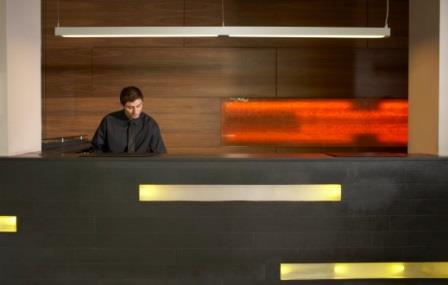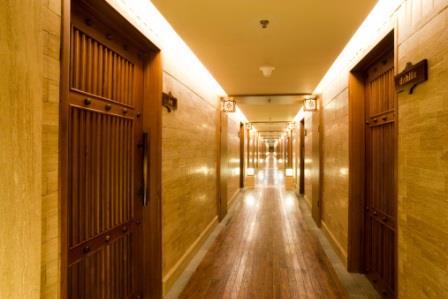

Printable PDF version
Subscribe to our newsletter
Bay Area Market Report
Design-Build - Pros & Cons
Hotel Design Issues
Construction
Management Specialists
111 Pine Street, Suite 1315
San Francisco, CA 94111
(415) 981-9430 (San Francisco office)
9705 Cymbal Drive
Vienna, VA 22182
(703) 268-0852 (Washington, DC office)
4361 35th Street
San Diego, CA 92104
(619) 550-1187 (San Diego office)
8538 173rd Avenue NE
Redmond, WA 98052
(206) 571-0128 (Seattle office)
www.TBDconsultants.com
Traditionally, the San Francisco Bay Area has been one of the last areas of the country to pull out of a recession, but this time it seems to be leading the way. In this article we look at the state of the construction market in the Bay Area.
The idea of using Design-Build as a procurement method is not a new one, but recently it has been seeing a bit of a resurgence. In this article we look as some of the advantages and disadvantages of this procurement method.
Unlike office or housing developments, where the occupants sign up for the medium or long term, hotels have a constantly changing list of guests, all of which would normally have a range of hotels to choose from. This puts hotels into a higher risk category, and means they have more incentive to be efficient, while maintaining the feel and ambiance of the place. Hotels are very cost-sensitive, because they are one of the harder types of building to make work financially.
Hotel guests select a hotel based on a number of criteria, including price, convenience, atmosphere, service, and amenities. Keeping the price competitive while providing for those other criteria is the challenge for the design team.

Hotel lobbies used to be grand, high volume spaces, and this has been an area that has been made a lot more efficient. While the size of main entrance lobbies has been coming down, the quality of finishes has not – after all, this is the guest’s first impression of the place. But the space that remains is often utilized for dining areas and other functions, as well as the more traditional check-in/check-out facilities.
The guest rooms constitute the largest part of any hotel, and these need to serve multiple functions, as bedrooms, offices, and relaxation areas. Maintaining the appearance of traditional elegance, while also allowing the room to function efficiently for the traveling businessman, is another challenge that designers have to meet. The guest room block will also contain corridors, stairs, elevators, vending area, linen closet and other storage. The area of actual guest rooms to total guest room block, can range from about 75% for a very efficient hotel, down to around 60%, with about 66% being a common figure.
Restaurants tend to not be money makers for hotels, so fewer hotels these days have multiple restaurants, instead having maybe one restaurant and a coffee/donut facility (often the ubiquitous Starbucks).
Meeting rooms are designed for efficiency and flexibility, allowing their use for multiple types and sizes of functions, and thus increasing revenue.

Hotels are not immune to the cycles that affect investments, and sometimes building new will be more cost effective, and at other times purchasing an existing building and renovating it will prove to be the better option. But renovation work in an existing functioning hotel always faces the problem of minimizing noise and inconvenience for the hotel guests.
The cost of hotel buildings is often stated as a cost per room, or as a cost per square foot of overall floor area. The former option is more variable, due mainly to the extent of meeting rooms, size of fitness center facilities, etc. Other issues that create variations, whether you are dealing with cost/room or cost/SF, include the extent of balconies, whether underground parking is required, the type of mechanical systems and extent of landscaping.
Of course, hotels come in a range of types and ratings, and may be part of a chain of hotels. Some hotel chains have made use of a standard design that gets adapted as necessary for each location, but hotels in the higher price range still tend to be one-offs.
Design consultant: Katie Levine of Vallance, Inc.